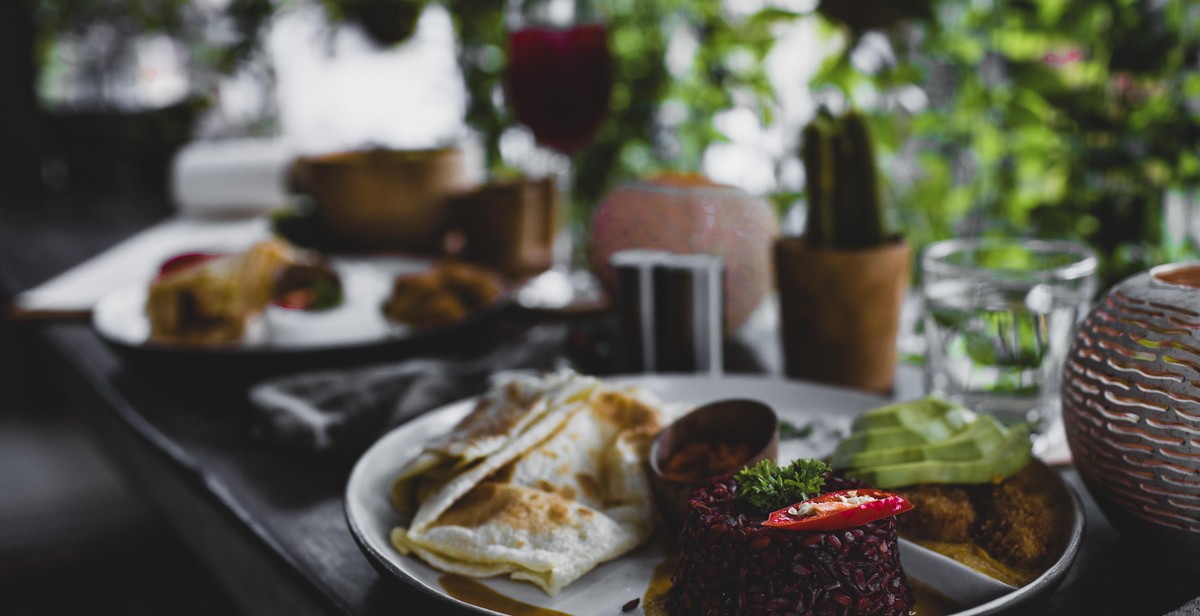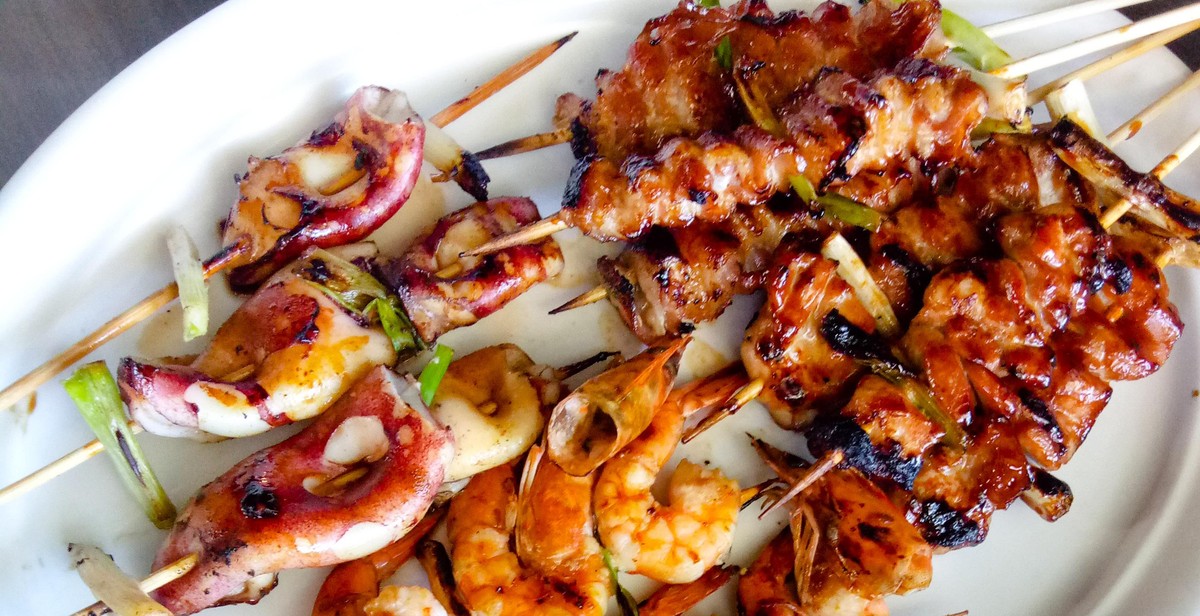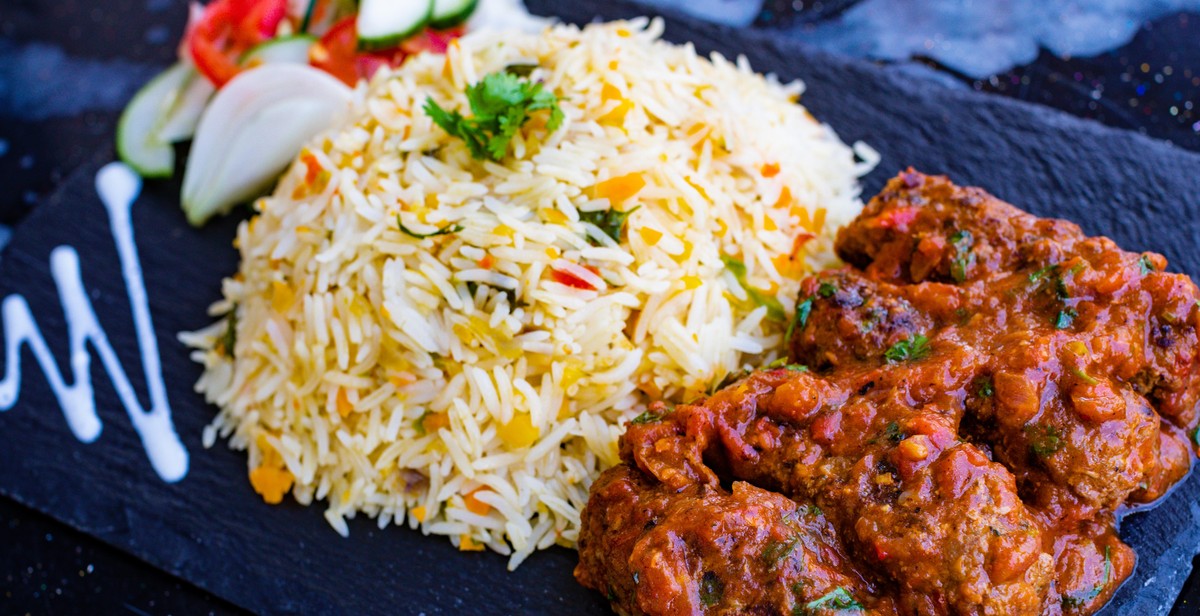Introduction: How to Cook Jasmine Rice: Achieving Fragrant and Fluffy Grains
Jasmine rice is a popular long-grain rice known for its fragrant aroma and fluffy texture. It is a staple food in many Southeast Asian countries, including Thailand, Vietnam, and Cambodia, and is increasingly gaining popularity worldwide.
Cooking jasmine rice can sometimes be a daunting task, especially for those who are not familiar with the process. However, with the right technique and a few helpful tips, anyone can achieve perfectly cooked, fragrant, and fluffy jasmine rice.
What is Jasmine Rice?
Jasmine rice, also known as Thai fragrant rice, is a type of long-grain rice that is native to Thailand. It has a slightly sweet flavor and a delicate floral aroma that is reminiscent of pandan leaves or popcorn. The grains are slender and translucent, with a soft and fluffy texture when cooked.
Jasmine rice is often used in Southeast Asian cuisine, particularly in dishes like curry, stir-fry, and rice pudding. It is also a popular choice for sushi and other Japanese dishes.
In the following sections, we will explore the best methods for cooking jasmine rice, including tips for measuring, rinsing, and seasoning the grains to achieve the perfect flavor and texture.
Choosing the Right Jasmine Rice
Jasmine rice is a fragrant, long-grain rice that originates from Thailand. It is a popular choice for many Asian dishes, especially Thai and Vietnamese cuisine. When it comes to choosing the right type of jasmine rice, there are several factors to consider.
Types of Jasmine Rice
There are several types of jasmine rice available in the market. The most common ones are:
- White Jasmine Rice
- Brown Jasmine Rice
- Black Jasmine Rice
White jasmine rice is the most popular and widely available type. It has a delicate aroma and a soft, fluffy texture. Brown jasmine rice is a healthier option as it contains more fiber and nutrients. It has a nuttier flavor and a firmer texture than white rice. Black jasmine rice is the rarest and most expensive type. It has a deep purple color and a slightly sweet flavor.
How to Select the Best Quality Rice
When selecting jasmine rice, there are a few things to keep in mind to ensure that you get the best quality:
- Look for rice that is labeled as “new crop” or “recent harvest.” This ensures that the rice is fresh and has not been stored for too long.
- Check the packaging for any tears or damage. Damaged packaging can lead to moisture and insect contamination.
- Inspect the rice for any discoloration or debris. Good quality jasmine rice should be clean and uniform in color.
- Smell the rice. It should have a sweet, fragrant aroma. If it smells musty or stale, it is not fresh.
By following these tips, you can ensure that you choose the best quality jasmine rice for your cooking needs. Whether you prefer white, brown, or black jasmine rice, selecting the right type of rice is essential for achieving fragrant and fluffy grains.

Preparing Jasmine Rice
Before cooking jasmine rice, it is important to rinse and soak the rice to remove excess starch and improve the texture of the grains. Follow these simple steps to prepare the rice:
Rinsing the Rice
Place the rice in a fine mesh strainer and rinse it under cold running water until the water runs clear. This will remove any dirt, debris, and excess starch from the rice, resulting in fluffier and less sticky grains.
Soaking the Rice
Soaking the rice before cooking it can help improve its texture and prevent it from becoming mushy. To soak jasmine rice, place it in a bowl and add enough cold water to cover it by at least an inch. Let the rice soak for at least 30 minutes or up to 2 hours. Drain the rice before cooking.
The Right Water-to-Rice Ratio
Getting the water-to-rice ratio right is crucial for achieving perfectly cooked jasmine rice. The general rule of thumb is to use a 1:1.5 or 1:1.75 ratio of rice to water. For example, if you are cooking 1 cup of rice, use 1.5 to 1.75 cups of water. This will ensure that the rice absorbs the right amount of water and cooks evenly.
You can also use a rice cooker to cook jasmine rice. Simply add the rinsed and soaked rice and the appropriate amount of water to the rice cooker and follow the manufacturer’s instructions.
- Rinse the rice under cold running water until the water runs clear
- Soak the rice in cold water for at least 30 minutes or up to 2 hours
- Drain the rice before cooking
- Use a 1:1.5 or 1:1.75 ratio of rice to water
- Consider using a rice cooker for even easier preparation
By following these simple steps, you can prepare fragrant and fluffy jasmine rice that will make a perfect complement to any meal.

Cooking Jasmine Rice
Jasmine rice is a fragrant, long-grain rice that originated in Thailand. It is a staple in many Southeast Asian dishes and is known for its delicate aroma and fluffy texture. Here are two methods for cooking jasmine rice:
Stovetop Method
- Measure out the desired amount of jasmine rice and rinse it in a fine mesh strainer under cold running water until the water runs clear.
- In a medium-sized pot with a tight-fitting lid, combine the rinsed rice and water in a 1:1.5 ratio (for example, 1 cup of rice to 1.5 cups of water).
- Bring the water to a boil over high heat. Once boiling, reduce the heat to low and cover the pot with the lid.
- Simmer the rice for 18-20 minutes, or until all the water has been absorbed and the rice is tender and fluffy.
- Remove the pot from heat and let it sit, covered, for 5-10 minutes to allow the rice to steam and fully absorb any remaining water.
- Fluff the rice with a fork and serve.
Rice Cooker Method
- Measure out the desired amount of jasmine rice and rinse it in a fine mesh strainer under cold running water until the water runs clear.
- In a rice cooker, combine the rinsed rice and water in a 1:1.5 ratio (for example, 1 cup of rice to 1.5 cups of water).
- Close the lid and turn on the rice cooker.
- Once the rice cooker switches to “keep warm” mode, let it sit for an additional 10-15 minutes to allow the rice to steam and fully absorb any remaining water.
- Fluff the rice with a fork and serve.
Whether you prefer the stovetop or rice cooker method, cooking jasmine rice is easy and yields delicious, fluffy grains every time. Enjoy!

Fluffing the Rice
Once the Jasmine rice is cooked, it is essential to fluff it properly. Fluffing the rice separates the grains and removes any clumps. It also helps to release excess steam and moisture, resulting in fluffy and fragrant rice.
- Use a fork to fluff the rice. A fork is the best tool to use as it can easily separate the grains without breaking them.
- Gently insert the fork into the rice and fluff it in a circular motion.
- Continue to fluff the rice until all the grains are separated, and there are no clumps left.
- Be gentle while fluffing the rice as it is delicate and can break easily.
Keeping the Rice Warm
If you are not serving the rice immediately after cooking, it is essential to keep it warm. Here are a few tips to keep the rice warm:
- Place a clean towel over the pot and cover it with a lid. The towel will absorb any excess moisture and keep the rice warm.
- Transfer the rice to a preheated rice cooker and keep it on the warm setting. This will keep the rice at the perfect temperature until you are ready to serve.
Serving Suggestions
Once the Jasmine rice is cooked and fluffed, it is time to serve it. Here are a few serving suggestions:
- Use the Jasmine rice as a base for stir-fries, curries, or stews.
- Make a rice bowl by adding roasted vegetables, protein, and sauce on top of the Jasmine rice.
- Use the Jasmine rice as a side dish for grilled meats or fish.
- Add some herbs and spices to the Jasmine rice for extra flavor.
| Serving Suggestions | Description |
|---|---|
| Stir-fries, curries, or stews | Use the Jasmine rice as a base for your favorite Asian-inspired dishes. |
| Rice bowl | Create a rice bowl by adding roasted vegetables, protein, and sauce on top of the Jasmine rice. |
| Side dish | Use the Jasmine rice as a side dish for grilled meats or fish. |
| Flavorful rice | Add some herbs and spices to the Jasmine rice for extra flavor. |
Conclusion
There you have it, the ultimate guide on how to cook Jasmine rice. By following these steps, you can achieve fragrant and fluffy grains every time. Remember to choose high-quality Jasmine rice, rinse it thoroughly, and measure the water precisely.
Whether you prefer to cook your Jasmine rice on the stove or in a rice cooker, the key is to let it rest for at least 10 minutes after cooking to allow the steam to finish its job. This will ensure that your rice is evenly cooked and fluffy.
Experiment with different recipes and spices to add flavor and variety to your Jasmine rice. It is a versatile ingredient that can be paired with a variety of dishes, from curries and stir-fries to salads and soups.
Lastly, always store your Jasmine rice properly to maintain its quality and freshness. Keep it in an airtight container in a cool and dry place, away from direct sunlight and moisture.
Final Thoughts
Cooking Jasmine rice may seem intimidating at first, but with practice and patience, you can master the art of achieving fragrant and fluffy grains. Remember to be mindful of the quality of your rice, the measurement of water, and the resting time after cooking.
Now that you know how to cook Jasmine rice, you can enjoy this delicious and nutritious ingredient in various ways. So, go ahead and impress your family and friends with your newfound culinary skills.
